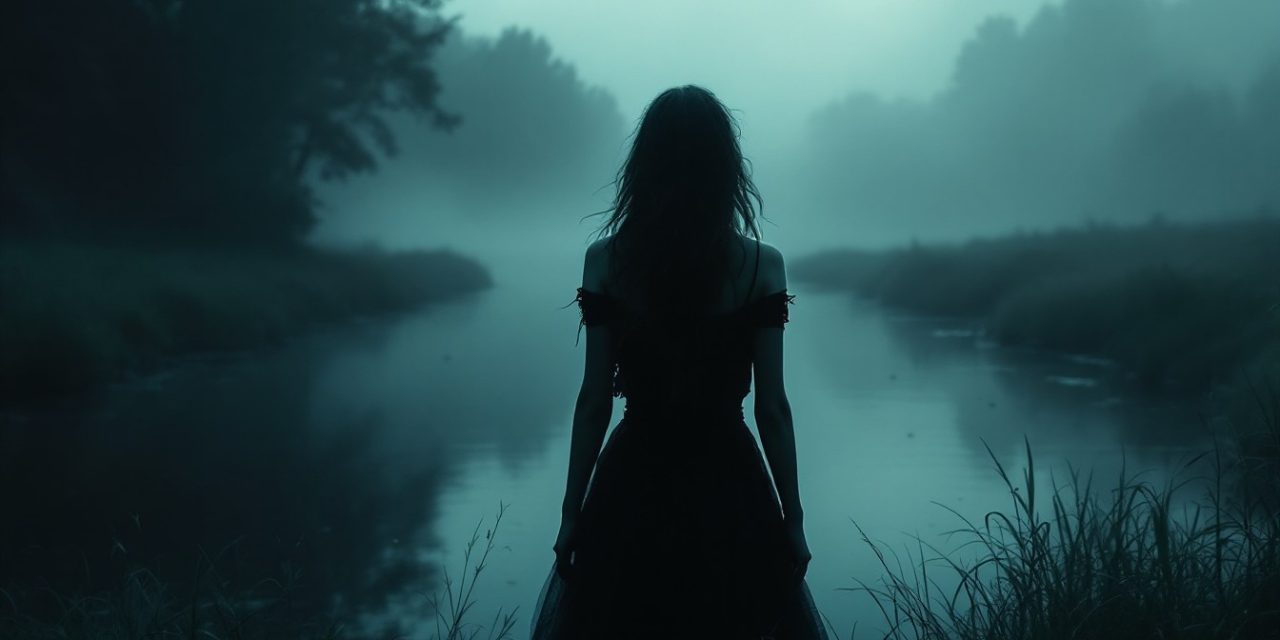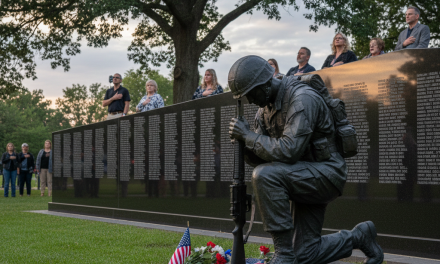by Rachael Knoph, YourPace Contributor
AUSTIN, Texas — In an industry prominently ruled by men, a new generation of women is stepping into the spotlight, but not just on screen, they are working behind the camera, in film festivals, and inside the writer’s room. From cult movie nights in Texas to independent films born in Los Angeles, women are reshaping horror into a genre that’s stranger, smarter, and more personal.
Three such voices, Austin-based horror host Sarah Webb, horror writer and feminist film festival co-founder Heidi Honeycutt, and indie filmmaker Monica Ferrall are part of that movement. Each is using the genre to explore identity, subvert expectations, and tell stories that carve out space for women in a traditionally male-dominated field. Sarah Webb, known by her horror host persona Scarah, Damsel of the Doomed, built her reputation hosting monthly screenings at Doc’s Drive-In Theater outside Austin. ‘Halloween was my gateway,’ Webb said in an interview.
‘You didn’t have to be rich to celebrate, you just had to be creative.’ She started reading Stephen King in the 3rd grade and would watch horror films every chance she got. After working in radio and makeup effects, she created her character Scarah, Damsel of the Doomed, to build a community around horror and celebrate its weird, spooky energy. ‘I started doing interviews, and it just snowballed from there,’ she said. ‘Now I host movie nights, events, and even made my first feature film.’ Sarah loves old horror movies but is glad it’s evolving for women.
“Through the evolution, when you go back in history, the universal monster movies of the thirties and then the Hammer movies, or where women were damsels in distress and then scream queens, you know, always the victim kind of a situation. Or in the eighties, T&A was kind of a deal for horror. We didn’t see many women who were strong, powerful, or evil. That’s changing. For Heidi Honeycutt, horror is about reclaiming power. As the founder of Etheria Film Night, A showcase of horror, sci-fi, and fantasy films directed by women and the author of the book “I Spit on Your Celluloid: The History of Women Directing Horror Movies, Honeycutt has spent years spotlighting women directors in genre film. Her inspiration? Elvira, the iconic horror hostess of the 1980s. ‘She wasn’t afraid, she was part of the darkness,’ Honeycutt said.
‘She mocked the killer. She had charisma. I’d never seen a woman like that in horror, especially not when I was six years old.’
That early fascination grew into a mission: to make space for women who don’t just survive the horror, but own it. Honeycutt said she hopes her work will continue to help underrepresented creators find audiences and gain respect in a genre that often pushes them to the margins. LA-based writer and director Monica Ferrall describes her entry into horror as ‘a form of catharsis.’
Raised in the forests of Washington state, Ferrall said early fears of movies like “Charlie and the Chocolate Factory” eventually gave way to empowerment through films like “A Nightmare on Elm Street.” ‘
We live with fear every day as women,’ Ferrall said. ‘We know how to survive. That’s what horror gets at.’
After years of working in TV writing and surviving industry burnout during the writers’ strike, Ferrall began writing horror fiction again, including a vampire novel and several indie scripts. ‘I don’t want to wait for permission anymore,’ she said. ‘I just want to make the stories I care about, the weird, bloody, empowering ones.’
Together, Heidi Honeycutt, Monica Ferrall, and Sarah Webb illustrate how women in horror are not merely subjects on screen; they are creators, critics, and curators reshaping the genre’s narrative power.
From feminist film programming to queer indie filmmaking and horror hosting steeped in satire, their work challenges old archetypes and expands what horror can be.
As Webb aptly puts it: “We’ve always been part of horror. Now we’re just louder about it.”




